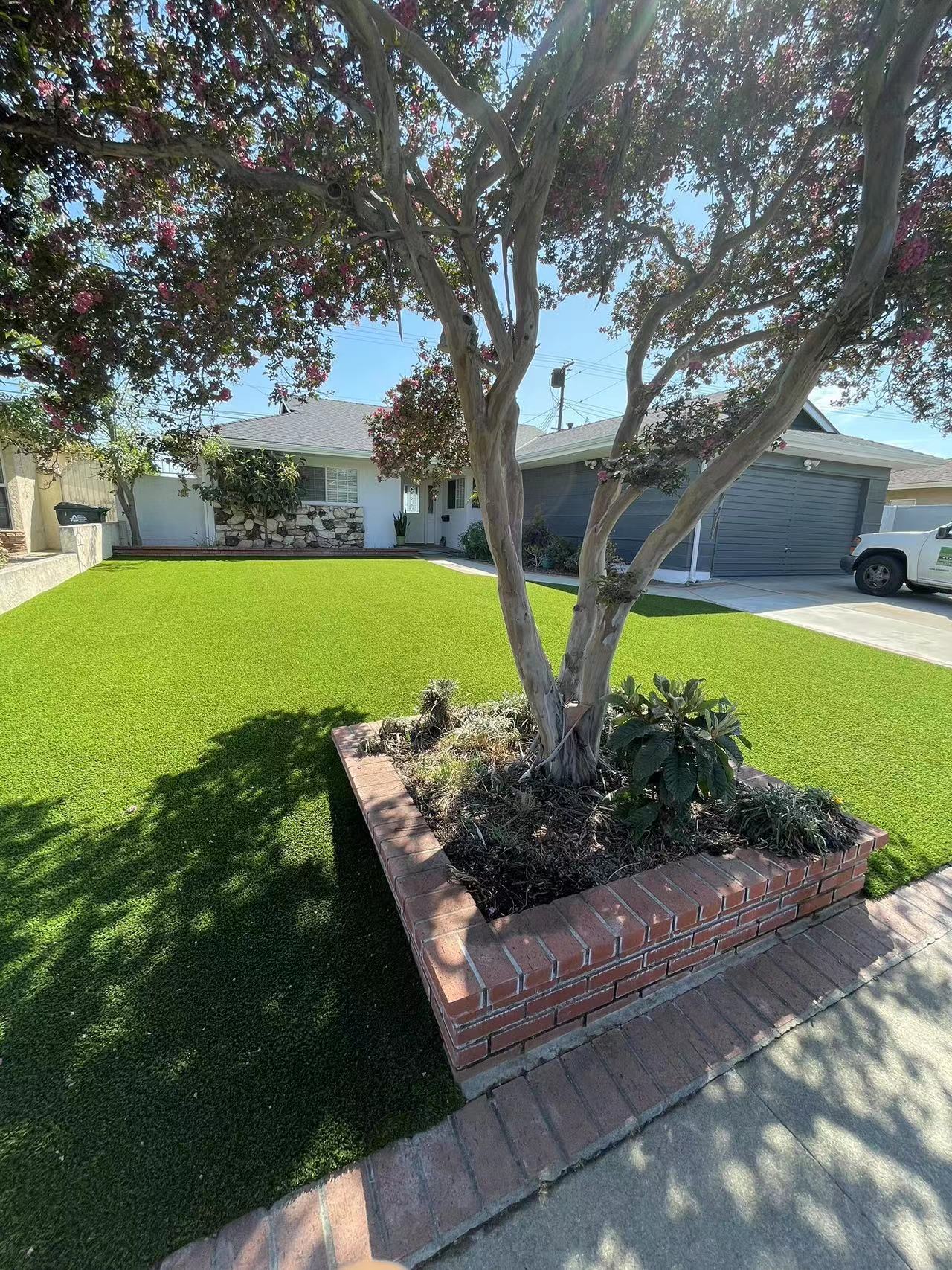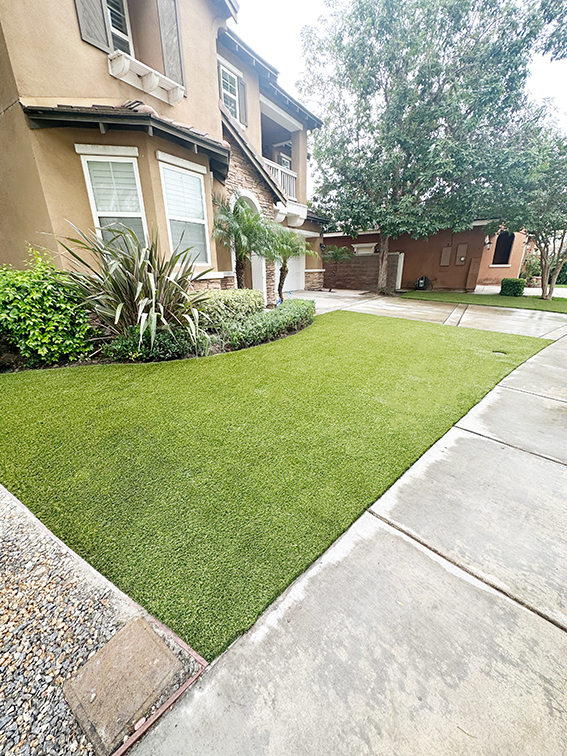When you think about artificial grass, the image of expansive sports fields bustling with soccer, football, or lacrosse players might come to mind. However, synthetic grass has a multitude of other applications. Homeowners often discover innovative ways to incorporate artificial grass, whether it’s for creating child-friendly play areas or adding a touch of softness to indoor spaces. If you’re considering installing artificial grass in your home, you’re likely curious about its lifespan. So, how long does artificial grass typically last?


Read on to discover the factors influencing the durability of your artificial grass.
What’s the Lifespan of Artificial Grass? Determining the exact lifespan of artificial grass is challenging, as numerous variables can influence its longevity. Here are the four primary factors that impact how long your synthetic grass will endure:
- Usage Frequency The first factor that affects the lifespan of your synthetic grass is how frequently it’s used. Areas subject to heavy foot traffic will wear out more quickly compared to decorative lawns that receive minimal use.

Artificial grass in commercial, sports, and other public areas will generally have a shorter lifespan than the synthetic grass in your backyard. Even within your property, the grass in your front yard may not last as long as that in your backyard.
- Material Composition For high-traffic areas, nylon is the preferred material for synthetic grass. It is more robust than products made from polypropylene or polyethylene, which are the two other common fibers used in artificial grass.
Nylon grass displays greater resilience than either of the alternative materials. Therefore, if you intend to install artificial grass in a high-traffic zone, opt for a product crafted from 100% nylon.
However, for areas with less demanding use, such as residential lawns, you can choose a polypropylene or polyethylene product. These options are more cost-effective and still offer reasonable durability.
- Quality of Backing Top-tier artificial grass features two layers meticulously bonded together. The synthetic grass is attached to the first layer, while the second layer, typically made of polyurethane or latex, serves to secure the entire structure.
If these two layers separate, it compromises the integrity of the grass. In such cases, repair or replacement is often necessary for the affected section.
- Installation Process The quality of installation plays a significant role in determining how long your artificial grass will last. To maximize its longevity, it’s advisable to select a reputable and professional installer.
The use of a sand infill can also extend the lifespan of your grass by enhancing the stability of the artificial fibers. Furthermore, it contributes to a more realistic appearance.
Tags
Artificial Grass Artificial Grass to Endure Artificial grass in commercial Nylon grass Installation Process